Having been in this hobby pretty much since it started, I have seen innovations in equipment beyond my wildest dreams. I have also seen fish and corals that I only thought I would see in books become more and more readily available and – in a lot of instances – even be bred and grown away from the ocean.
Because of these innovations and greatly improved success that has occurred, we have seen more and more hobbyists come into and remain in the hobby. As a result, demand for virtually everything having to do with the hobby is now pretty much at an unprecedented high.
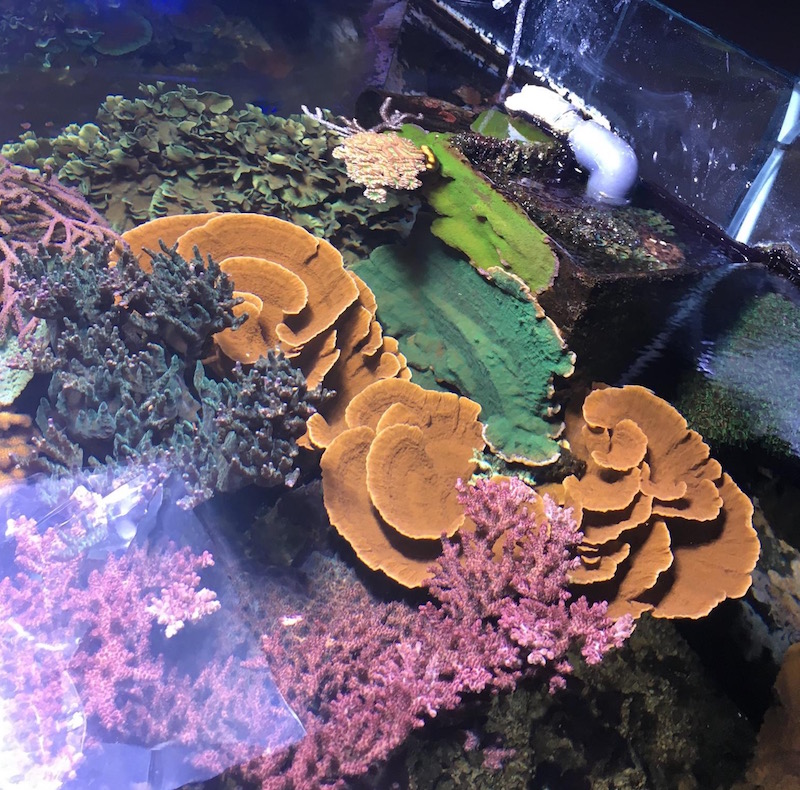
Having been fortunate to travel and talk with hobbyists, collectors, wholesalers and manufacturers all over the world it is estimated that there are now currently 700,000-1,000.000 hobbyists involved in reefkeeping in some form or another worldwide!
On the one hand that seems like a staggering number, especially when one considers that when this started there were like a dozen of us doing it. On the other hand, it is still a relatively small number when you consider that approximately 75 million homes have a dog or cat just in the US alone.
So while this hobby is growing, it still has a long way to go before it is even close to being as popular as having a dog or cat. And because it is still a relatively new hobby accounts at least a little for why it is still on the expensive side especially when you consider that keeping dogs and cats has been going on for centuries,
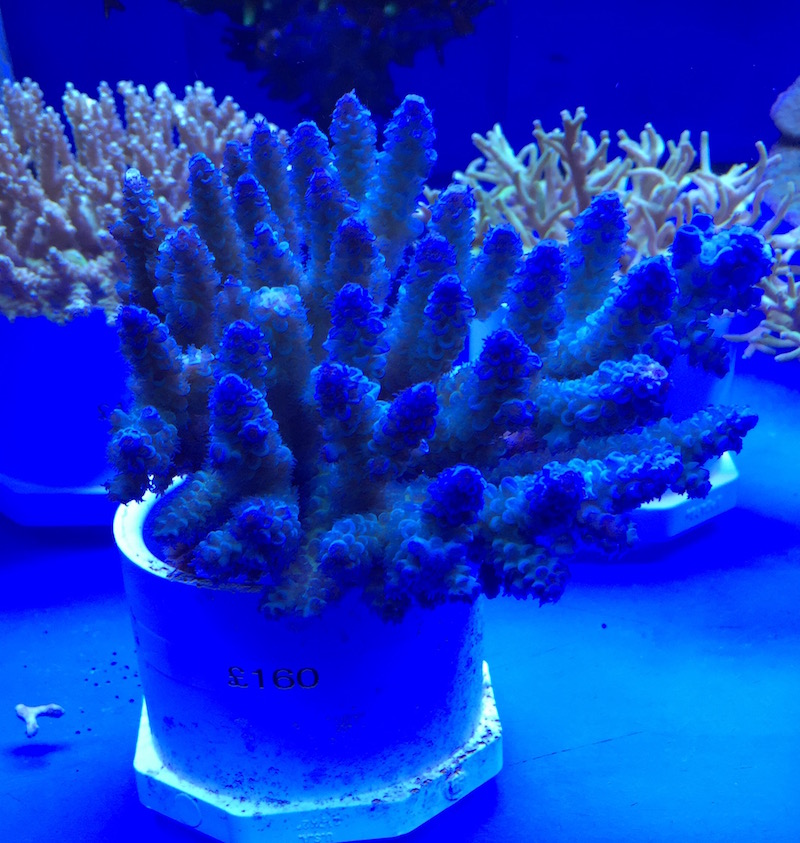
As I have traveled about, one of the laments I hear frequently is that the cost of the hobby is getting out of hand and that the price is driving people away. While I agree that the price of some aspects of the hobby and some fish and coral is indeed getting extreme I have also looked at it in my own goofy way.
In addition to reefkeeping, I also have a couple of other hobbies like golfing and scuba diving which I also enjoy and which I also hear are getting expensive. So for purpose of discussion I thought I would try and see how these other expensive hobbies measure up to reefkeeping.
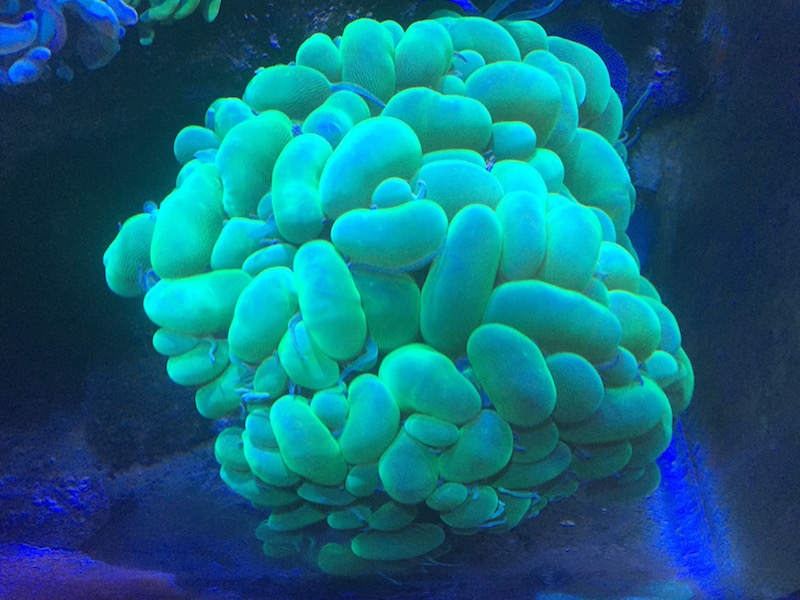
But obviously when trying to compare them in cost it is like comparing apples and bananas, oranges aren’t even close. So for comparison purposes the only way I could come up with to kind of compare them was to look at the cost per hour of enjoyment.
Granted this is at best an arbitrary comparison, but in my warped mind it made sense. For golf I considered the cost of the round, equipment, I lose a lot of balls, drinks and dinner after, etc., and came up with a figure of approximately $15 per hour of enjoyment.
This seemed reasonable. For diving it was much more as for that analysis I included cost of travel and lodging, food, etc and since diving itself is actually only a small part of the actual trip, if the trip was for a week the cost was approximately $120 per hour of enjoyment of diving on the reef.
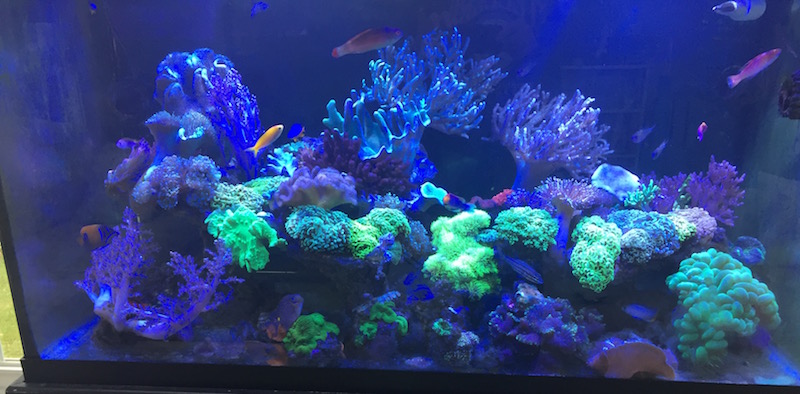
Again I know this is arbitrary, but it gives me a baseline for comparison. For my tanks, there is a large up front cost, obviously, but once things are up and running the cost gets spread over a long period of time and since I view or do things I enjoy, yes I actually enjoy working in my tanks, the cost came in around $20-$30 per hour of enjoyment.
So to me at least this is not too crazy a cost for enjoyment and is actually around the cost of some other things we all do for enjoyment like going to the movies, a sporting event or dining out. So considering this, why is there the perception that the cost of the hobby is getting completely out of hand.
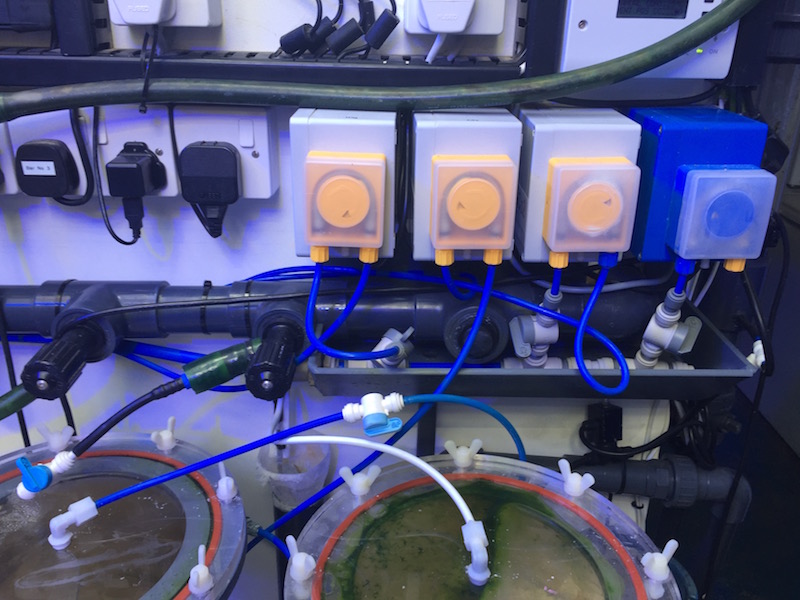
Part of the reason for this may be that the number of hobbyists has jumped so quickly that it has resulted in demand for virtually everything going up as well. And for those of you who did not take economics class or forgot it since it was so exciting there is one simple rule of economics that needs to be understood in regards to the hobby: when demand exceeds supply prices go up.
Because demand has shot up, especially for things available in limited quantities like rare fish and “named” corals, the price for these things has skyrocketed. However, for some things, like many fish, common equipment like heaters and pumps, test equipment, etc., the price has stayed the same or in some instances actually gone down.
I know you may be thinking to yourself that as far as you can tell nothing has gone down in price in this hobby, but actually some things have. For example, when I started in the 1980’s a Flame angelfish usually sold for between $69-99 dollars each, while a yellow tang sold for about $29-39. As I was writing this I looked online to see what these were now selling for and the flame angel is now going for $39 and the yellow tang $34.
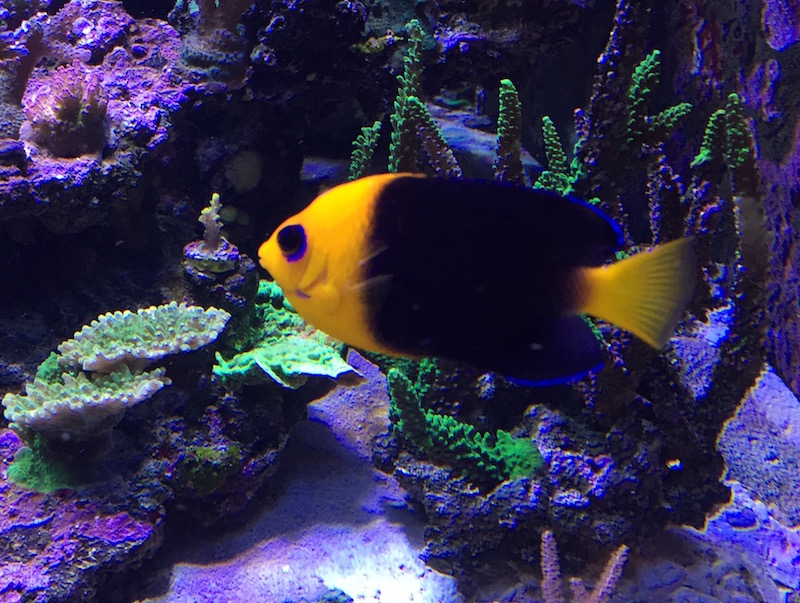
Considering inflation over the past 30 years, the price for these commonly kept fish has actually gone down. So considering my initial premise that more hobbyists than ever are in the hobby and that as a result demand is higher than it has ever been, how can this be?
Actually there are a number of reasons. First, collectors have gotten significantly better and more efficient at catching fish so the labor cost for catching them may not be as high as it once was. And they are also much better at keeping them alive once they have caught them so not losing fish during the holding process has also led to the cost of thee fish not going up.
Second, we are now much better at keeping the fish we add to our tanks alive and thriving for a long time. I now have over 20 fish I have kept for 5 years in my tanks, 7 for over 10 years and and least 3 or 4 that are around 20 years old. And I’m sure this is the same with a lot of my fellow hobbyists who have been doing this for a while. As a result, unlike in years past, many hobbyists are not replacing their fish as often as they once did, which is good news for everyone.
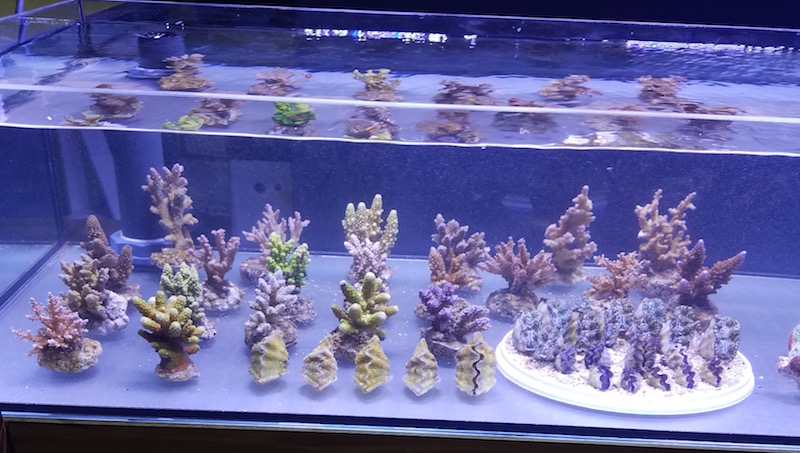
Lastly, unlike some things we add to our tanks, most of us do not add 20 flame angels or even 20 different dwarf angels or 10 yellow tangs. So despite the higher number of hobbyists, our joint success requires less and less fish to be added to our tanks over time, especially since we require fewer and fewer “replacement” fish.
However, for coral aficionados, which most of us reefkeepers are, fish are often a secondary part of keeping our tanks. Our main love is corals, and in this regard it is a different equation entirely financially. When I first started keeping corals my first two corals were a leather coral and a bubble coral. I will never forget what I paid for them as back then I thought it was crazy the price I paid. The bubble coral was $99 and the leather coral was $49.

Again I looked online as I wrote this and the price I found for similar pieces was $49 for the bubble coral and $34 for the leather coral. So again the price for “common” corals has actually come down. So where has this inflationary pressure come from? First, being someone who is addicted to colorful sticks I know the biggest increase in prices has come in sps corals. “Named” or “limited edition” or rainbow anything have all seen a dramatic price swing to the upside over the last 5-10 years.
And unlike flame angels or bubble corals, you can virtually add these types of corals to your tank until you start to run out of room and then if you are like me you either add another tank, go bigger or take out a “boring no-named coral” and replace it. Obviously when you are replacing a colony that you grew out from a frag with two or three frags that cost at least $50 apiece, yes I am low-balling that number in case your spouse reads this, the hobby is expensive.
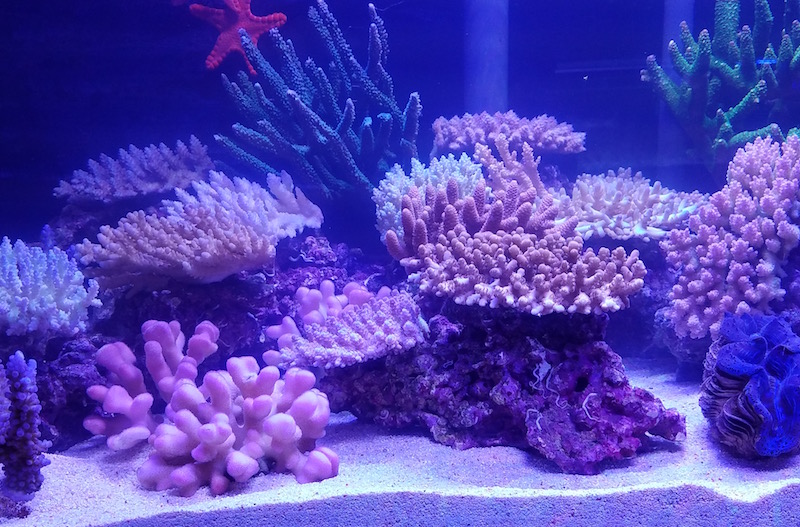
As I mentioned above, demand for certain things in this hobby has never been greater, especially for these named corals or crazy mushrooms or multicolored lps corals. And because this demand far exceeds the supply for most of these corals, at least when they first become available or get named, the price for them has skyrocketed. It should also be noted that the collectors of these corals are just as internet savvy as we are.
So when they see a mushroom that they used to collect and sell for $2 is now selling for $5,000 guess what, the price of poker has just gone up. So not only are they now asking more, but this price is also multiplied by the wholesaler and the final retail outlet so the price reflects what the demand is for this “rare” coral.

I say rare as I remember getting in Acans and chalice corals before blue LED lights and most of them sold retail for $25-30 because no one really wanted them as they generally just looked brown. Once the colors came to light under the new lights, these same corals dramatically shot up in price.
While I think the internet is one of the big reasons we now are having such unprecedented success, it is also a wonderful tool for feeding our addiction. Seeing macro shots of brilliantly colored corals or just their frags that I have never seen before and being able to buy them seeming at will, is one of the best examples of generating impulse buying that I know.
Couple that with the now constant posting of new and better corals along with auctions and other means for feeding our demand and it is no wonder that for those of us involved in this part of the hobby do indeed feel the price of the hobby is getting excessive.

Another area where the price of the hobby has increased dramatically is the price of technology. Again when we started, much of the equipment we now take for granted was not available then and often we had to make it ourselves or find a custom supplier who could manufacture it for us.
Obviously if we made it, it was not expensive and even having stuff made back then often was not bad as a lot of people who helped us out at the beginning thought it was interesting what we were doing, so they gave us a break on pricing. As with most things that involve technology the price for using it is high. We may complain about this, but we need to look at it realistically.
Most of the companies making technology for the hobby whether it be LED lights or monitoring equipment or dosing systems etc, all have put a significant investment into coming up with their products. As a result, when their products hit the market they need to recoup their investment quickly in that as like most technology it has a limited lifespan and often competition right around the corner.

This is the first reason all of these things are expensive. Second, most of this equipment is built by hand. Very few of the pieces of equipment we use are built by robots or machine and as with anything that requires a lot of labor, the cost is high. Also unfortunately we often overlook that when we use this technology it has a high capacity to fail, as a result the manufacturers of the better equipment also incur significant costs by having customer service readily available.
For this I am grateful because as we all know when things break on our tanks it is usually at the most inopportune time so I appreciate having someone to call when this occurs. All of these things go into the cost of the technology that many of us now rely on and that is at least partly responsible for the success we are having. Is this technology necessary? No, but it does improve the likelihood of success and just as importantly it makes being in the hobby much easier.
So what can you do to enjoy the hobby without taking out a second mortgage or selling off your kids. First, plan you tank meticulously from the get go. Read reviews of the equipment you want and get the equipment that lasts, is reliable and that people you trust like.
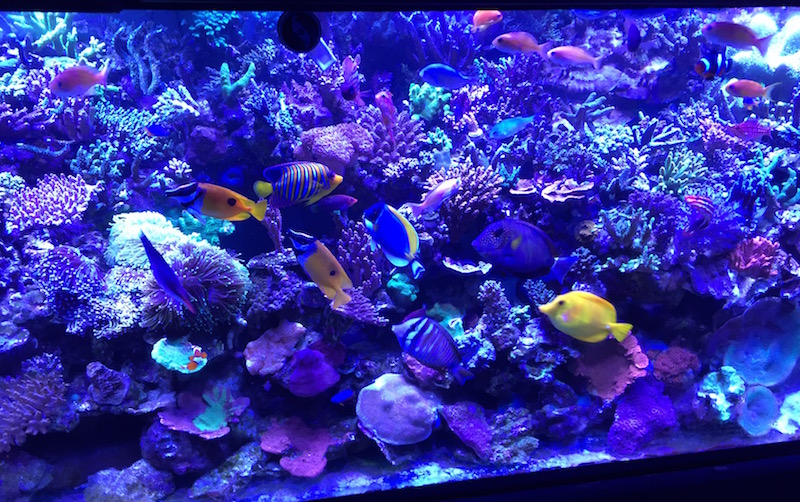
Nothing adds to the cost of the hobby more than having to replace stuff or having things break or fish or corals die and then needing to replace them. For fish and corals try to get the highest quality ones you can and quarantine and acclimate them properly. That $39 yellow tang is a good price, but if you have to replace it 4 times because it died it is now a $160 fish.
For equipment you really do get what you pay for for the most part in this hobby, so f the piece of equipment you want is a bit more expensive than a less reliable brand it is worth it in the long run, but do your homework first. When planning, plan on this for the long term. If you are constantly changing or adding tanks or moving stuff around or needing to make changes you are adding to the cost of things unnecessarily and bumping up the cost for being in the hobby.
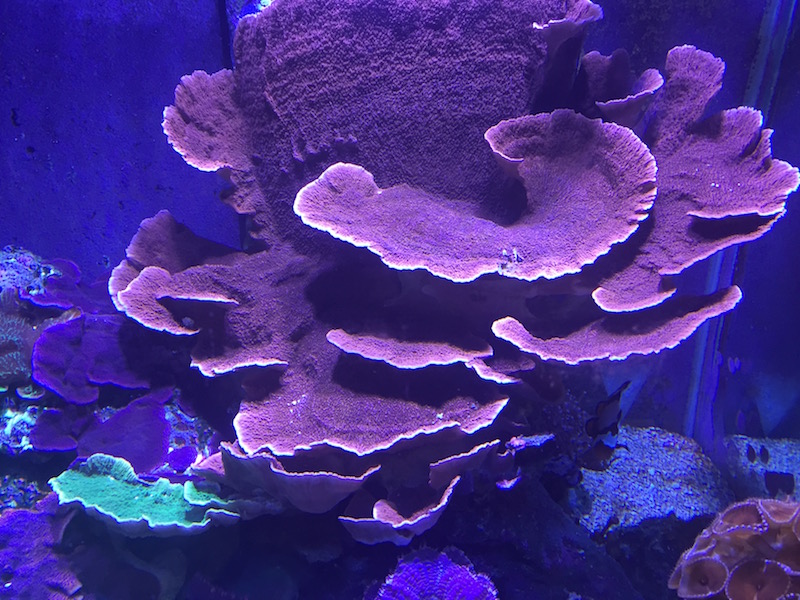
While you are doing all of this plan your budget and allow extra as there will always be a cost you did not foresee. And more importantly stick to it, if you can’t afford all of the equipment with the bells and whistles wait, and evaluate if you really need it. . You can find out the price for just about anything online so get the prices for what you need and then budget accordingly.
You should look at this like a mortgage, that is, there is a high up front cost but if you do things right over time the costs become less and less. Also understand that the bigger you go the more expensive it is. If you can’t afford a 500-gallon tank figure w=out what you can afford. With each jump in tank size there is a commensurate jump in the price of setting it up and more importantly in filling it.
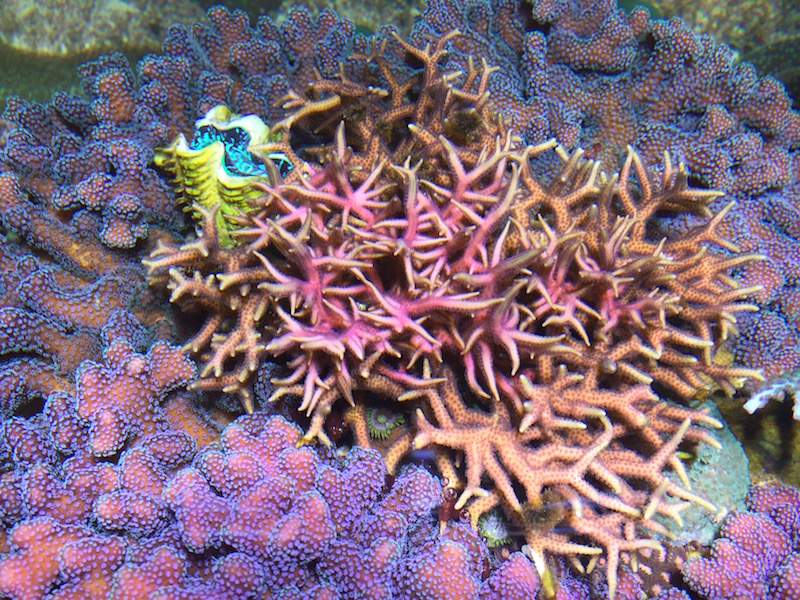
Also understand that you do not need to fill it up with colonies, you can start with frags and actually this may be the best way to do it, because if you do it right it will be full, before you know it, usually 18-24 months. Once you do become successful comes the hard part, in that once you get successful in this hobby you tend to want more and more of the more expensive/beautiful fish and corals as well as the latest equipment.
In this regard, if you want to keep this hobby from getting out of control you need to fight your urge to impulse buy and realize that a huge colony of a Bali slimer that you grew out from a frag, will look more impressive from across the room where you sit than will the $500 frag of the multidimensional rainbow whatever that the picture you see online that is calling you will ever be.
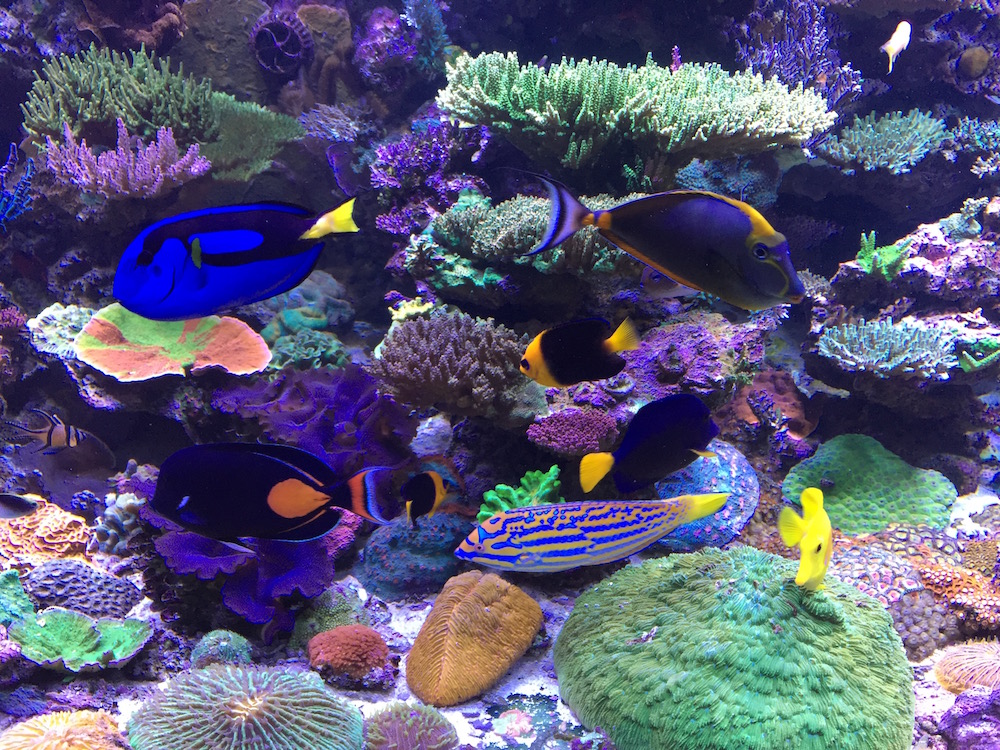
Please understand I am not telling anyone how to spend their money and I am glad that a lot of my friends are making a living selling these frags as I have bought many of them, but if you are one of the many that is worried that the hobby is getting too expensive this is how you can enjoy the hobby without stressing about the cost.
This is still a hobby and it is supposed to be relaxing and provide enjoyment. If you just spent $200 on a frag instead of on the groceries you needed, then you need to sit back and figure out ways to not spend too much money on the hobby. Can this hobby be expensive and are the cost of some things getting out of hand, undoubtedly. But by the same token, I do not know of anything, well at least anything fun, that is also not increasing in cost as well.
So to me it is more of a what do I want to spend my money on, a new $300 driver, new electronics to make diving safer or an expensive frag. All will enhance the pleasure I derive from the things I enjoy, but as is the case most of the time, you can’t have everything. So spend your money on the hobby wisely.



